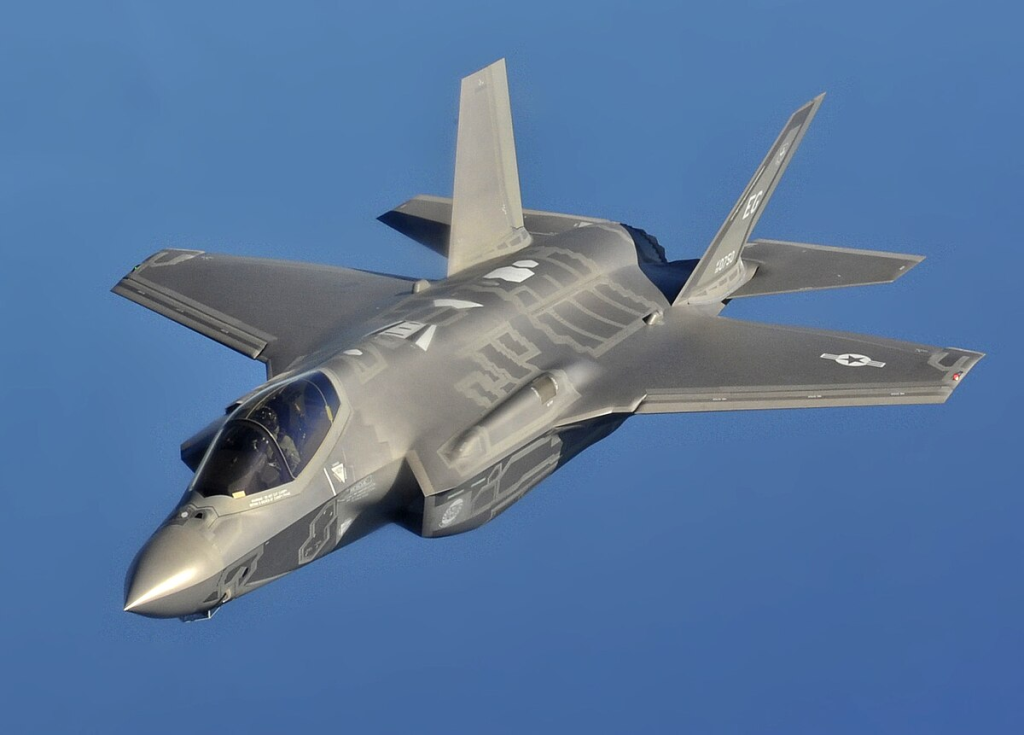
Can sheer numbers still win an air war in 2025? For decades, the United States has dominated the skies with unmatched fighter fleets and cutting-edge technology. Yet the global air power balance is shifting as China, Russia, and India accelerate their modernization programs, and smaller but highly capable forces like Japan’s refine their arsenals. The race is no longer just about how many jets a nation fields, but how advanced, integrated, and strategically deployed those aircraft are.
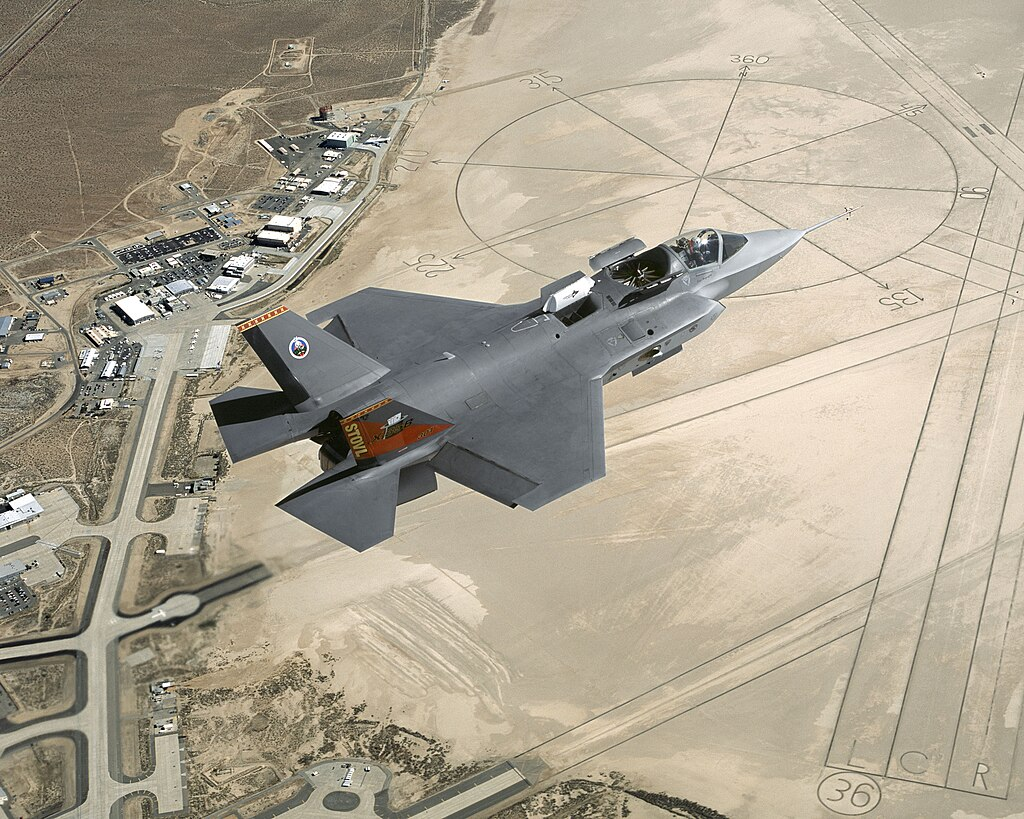
Here’s this year’s ranked list of the world’s leading fighter inventory-holders: the numbers paint one picture and the tech another. Stealth tech to carrier-capability, each air force is the embodiment of the nation’s doctrine, industrial power base, and geopolitical ambitions. That’s how the world’s leading fighter powers stack up in 2025 and what their fleets hold in store for the future of air power.

1. United States – 2,650 Fighters and Worldwide Reach
The United States also has the largest and most advanced fighter inventory in history with some 2,651 aircraft in the Air Force, Navy, and Marine Corps combined. The backbone of this inventory is the F-35 Lightning II in variants appropriate for each service with the comparatively still-powerful F-22 Raptor and updated F-15 and F-16 variants. Carrier aviation is also an essential pillar. Nimitz- and Gerald R. Ford-class carriers carry scores of fighter aircraft, such as the F-35C and F/A-18E/F Super Hornet, allowing for power projection globally. The latest Block 4 modernization holds out the prospect of increased weapons carriage, new sensorry such as the AN/APG-85 radar, and new stealth coatings to keep the fleet deadly in the decade to come. This scale and technological edge allow the U.S. to operate anywhere, often with allied support, making its air dominance unmatched despite emerging challenges.

2. China – 2,150 Fighters and Expanding Stealth Capability
The People’s Liberation Army Air Force has grown from a relic of the Soviet era to the modern, effective force. At the center of it all is the J-20 Mighty Dragon, now some 195 aircraft strong in 12 brigades. Long-range J-20s with modern sensors allow missions beyond the intercept role such as airborne early warning integration. Chinese naval aviation is also expanding with the new carriers such as Fujian and Shandong that will be flying modern fighters. The expansion into all the theater commands with deployments near Taiwan and in the Indian Ocean reflects an operational doctrine of strategic presence and deterrence. While the J-20’s stealth is unrefined compared to the F-22’s, increasing numbers and developing homegrown engines are closing capability gaps, which is indicative of Beijing’s intentions at countering U.S. air power in the Pacific.
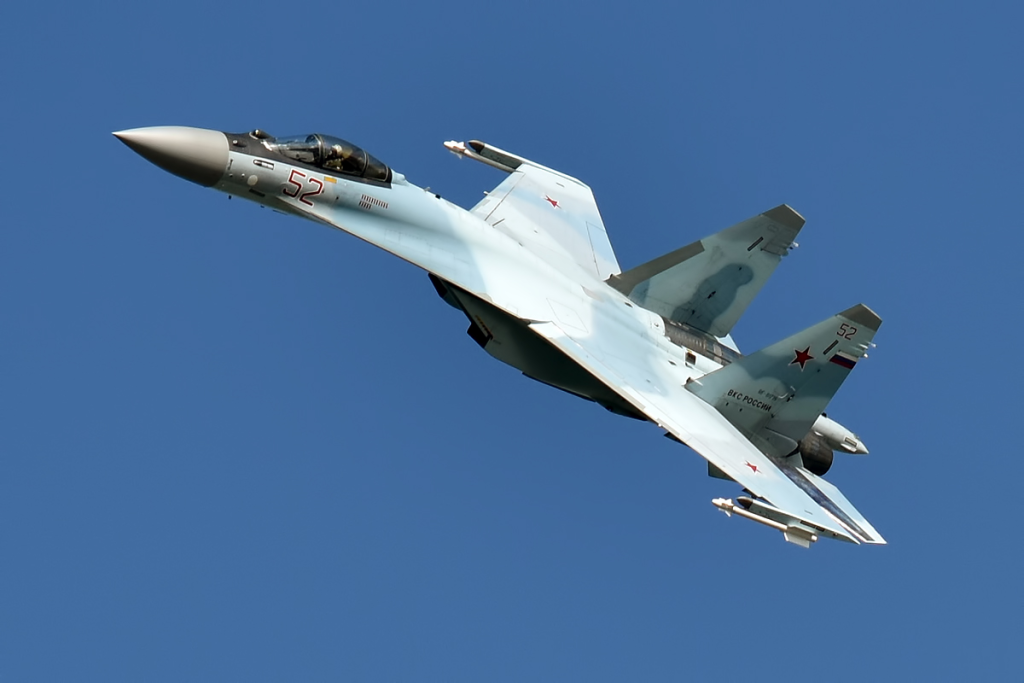
3. Russia – 1,150 Fighters but Strained Modernization
It operates a large mix of Su-35s, Su-30s, Su-34s, and aged MiG-29s and Su-27s, though its fifth-generation Su-57 Felon program has stuttered. Production is restricted approximately 20 deployable aircraft because of sanctions, budgetary constraints. Commentators remark upon the Su-57’s much poorer stealth compared to Western variants, with the radar cross-section quite possibly several hundreds of times higher than the F-35’s. Fighting in Ukraine has proceeded with caution, with the resort to launch of standoff missiles rather than close-range attacks to prevent loss. Size of the fleet obscures readiness, and without expanding output, Russia will be behind the United States and China’s transition to sixth-generation fighters.

4. India – 580 Aircraft of Mixed Provenance
The Indian Air Force operates one of the most diverse fighter fleets with the combination of the Russian Su-30MKI, French Rafale, Mirage 2000, British Jaguars, and domestically produced HAL Tejas. The recent naval order of 26 Rafale M fighter jets marks an attempt at developing carrier-based air power. These modernization plans include Tejas Mk1A modernizations, the “Super Sukhoi” development project, and F-21 or F-35 procurements. The retirement in 2025 of the MiG-21 Bison signifies movement in the right direction towards better indigenous designs. India’s multi-source acquisition approach increases flexibility but increases logistics difficulty, and thus integration and sustainment become major challenges in support of combat readiness.
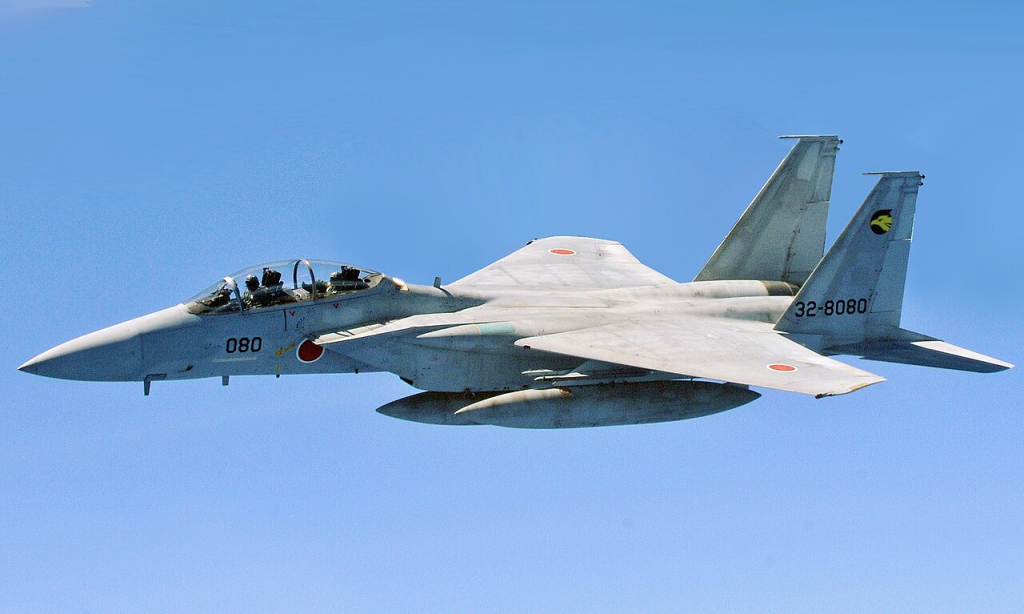
5. Japan – 250 Fighters and Carrier Ambitions
Self-Defense Forces of Japan depend significantly on the F-15J Eagle, which is domestically produced and gradually upgraded in the Japanese Super Interceptor program. The upgrade includes AESA radar, advanced electronic warfare technologies, and long-range cruise missiles integration. It is also increasing its F-35 inventory, with F-35B variants in service at home and scheduled for service on modified Izumo-class carriers. This follows the observed growth in Chinese military activity in nearby waters. Recent F-15J deployments to Europe and increased cooperation with NATO allies signal Tokyo’s intentions to become more actively involved in collective defense in regions beyond the Asia-Pacific.

6. Technological Edge – F-22 vs. J-20
The U.S. F-22 Raptor is the yardstick of air superiority today with all-aspect stealth, thrust-vectoring maneuverability, and battle-proven systems. It has the smaller radar cross-section and better maneuverability to give it the superior close-combat punch. China’s J-20, larger and longer-range, is optimized for long-range intercepts with the PL-15 missiles. Being less maneuverable and stealthy at certain angles, it offers long reach and payload with the capacity to accommodate the long-range disruption doctrine. Head-to-head, the F-22’s stealth and maneuverability would probably dominate at close ranges, but the J-20’s forte remains the beyond-visual-range regimes and strategic situational presence.

7. Carrier-Based Air Power – Expanding Global Influence
Carrier-capable fighters give a nation long-range reach beyond its borders. The United States Navy’s F-35C and United States Marine Corps’ F-35B, the Japan carrier-capable F-35Bs, and the incoming Indian Rafale Ms all indicate the trend of incorporating stealth fighters with naval aviation. These ships enable quick transfers to areas in dispute and facilitate amphibious operations, projecting deterrence without the necessity of overseas bases. Modernizations like the recent Japanese upgrade of the Izumo class indicate an awareness that sea power with aviation is the core of contemporary warfare. With increasing nations targeting carrier-capable stealth fighter aircraft, the ability to operate offshore will be the deciding factor in league tables of world air power.
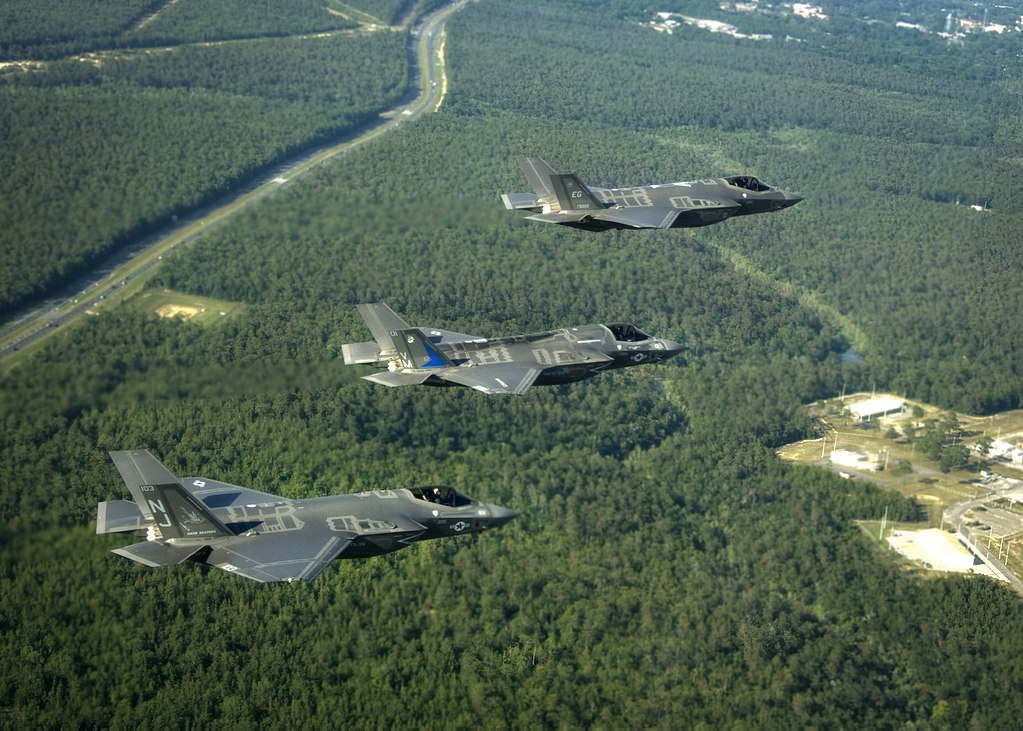
Fleet size is an effective indicator again, but the 2025 air power scene indicates that technology, operational approach, and industrial capability are just as determinative. The United States maintains superiority in both quality and quantity, but China’s expedited modernization and Russia’s travails reflect different paths. Other states like India and Japan are forging influence with discriminate modernization and strategic alignments. The competition in the next decade for air supremacy won’t depend just on how many fighters the nation deploys but how smoothly the aircraft fit within a long-term, multi-domain battle network.


